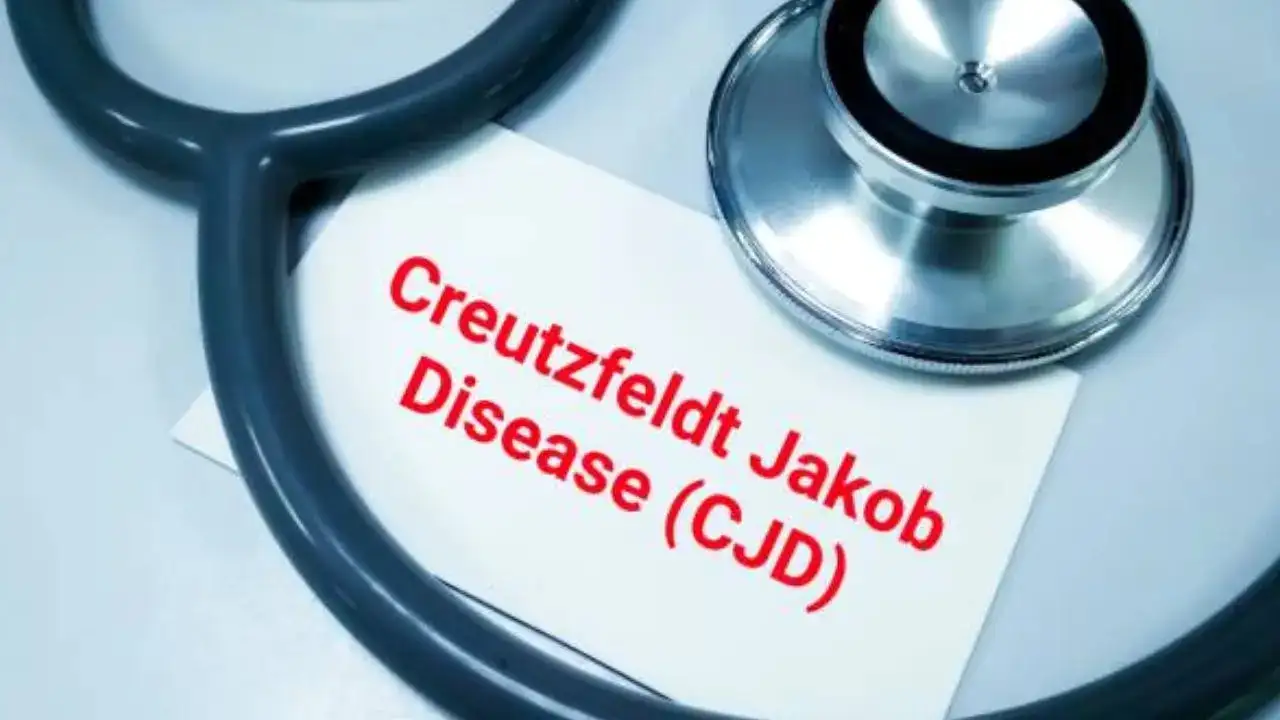
Rare Brain Disease With Dementia-Like Symptoms Claims Lives Of Two In Oregon County – Signs To Watch For (Image Credits: iStock)
In a small community in northern Oregon, health officials have reported three cases of a rare and fatal brain disorder known as Creutzfeldt-Jakob disease (CJD). Two people have died, making local health authorities to issue an alert to health officials to remain vigilant.
What Is Creutzfeldt-Jakob Disease?
Creutzfeldt-Jakob disease is a rare and degenerative brain condition that causes rapid cognitive decline, memory loss, and dementia-like symptoms. According to the CDC, only about 350 cases are reported each year in the US, making it a very rare illness. Unfortunately, CJD is almost always fatal—most patients die within a few months of symptom onset.
The disease is caused by prions, which are abnormal proteins that attack and destroy healthy brain tissue. Over time, these prions create sponge-like holes in the brain, severely affecting mental and physical abilities.
The Cases in Oregon
The three reported cases are from Hood River County, a small region in northern Oregon with a population of about 24,000. Two of the individuals have died, and one person suspected of having the disease is still alive.
One case has been confirmed by autopsy, and the second is strongly believed to be CJD. Samples of brain tissue and cerebrospinal fluid are being tested to confirm the diagnosis. These are the only reliable ways to detect the disease, and even then, confirmation is typically only possible after death.
Dr Trish Elliott, Director of the Hood River County Health Department, stated, “We’re trying to look at any common risk factors that might link these cases… but it’s pretty hard in some cases to come up with what the real cause is.”
Health officials are keeping the identities and details of the patients confidential and have not indicated whether the individuals are related or in shared living spaces.
Is There a Risk to the Public?
Experts say the risk to the general public is extremely low. CJD does not spread from person to person in typical situations. It can, however, be transmitted in rare cases through contaminated medical equipment, organ transplants, or, in even rarer cases, eating meat from cows infected with mad cow disease—a different prion disorder.
However, the cases in Oregon do not appear to be linked to beef consumption, according to health officials.
Different Types and Causes of CJD
There are three main types of CJD:
Sporadic CJD – This is the most common form, making up 85 per cent of cases. It occurs randomly without a known cause.
CJD typically affects adults in their 50s or older, but younger people can also develop it. In one rare case, a 22-year-old college student developed worsening dementia and psychiatric symptoms, including paranoia, anxiety, hallucinations, and obsessive behaviours. She died seven months later, and a postmortem exam confirmed CJD.
Early Warning Signs
CJD can be difficult to detect early because symptoms often mimic mental health or other neurological conditions. Common early signs include:
Mood swings
Depression or anxiety
Memory loss
Confusion
Difficulty speaking or walking
As the disease progresses, it can lead to severe mental decline, inability to speak or eat, and loss of bladder control.
What’s Being Done in Oregon?
While there is no cure for CJD, Hood River County health officials are working closely with state pathologists to investigate the recent cases. They’ve issued an advisory to local health providers, asking them to consider CJD when diagnosing patients with sudden or severe dementia-like symptoms.
For now, health authorities stress that these cases are isolated and do not suggest a broader public health threat. They continue to monitor the situation and encourage awareness among healthcare professionals.
Get Latest News Live on Times Now along with Breaking News and Top Headlines from Health and around the world.
